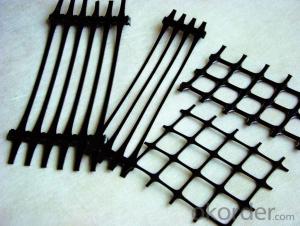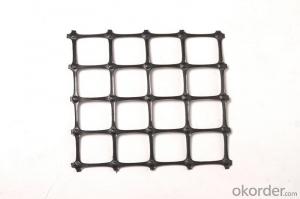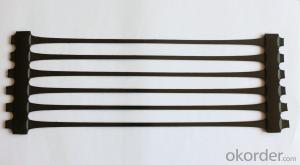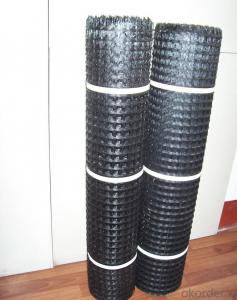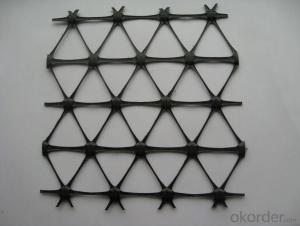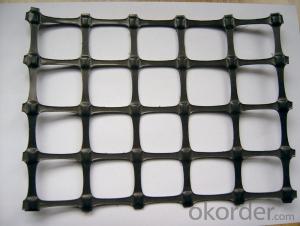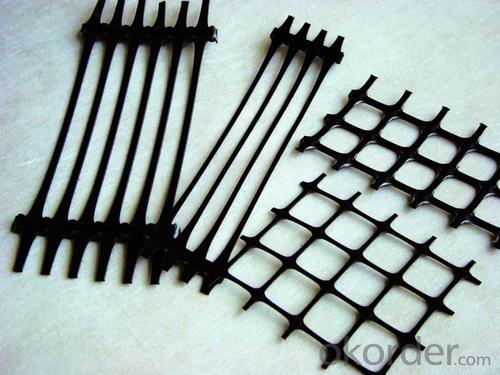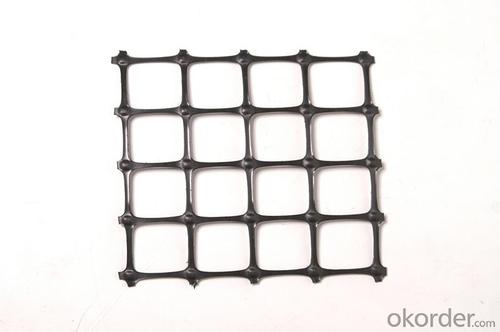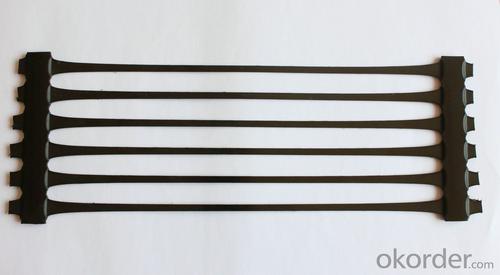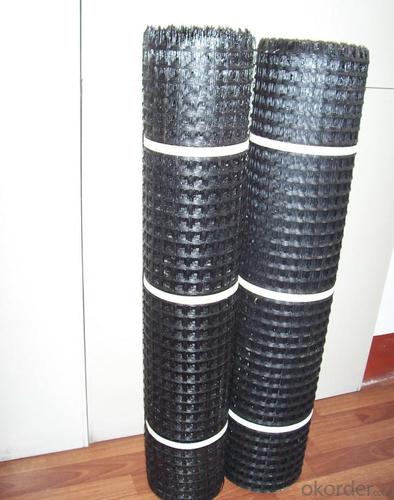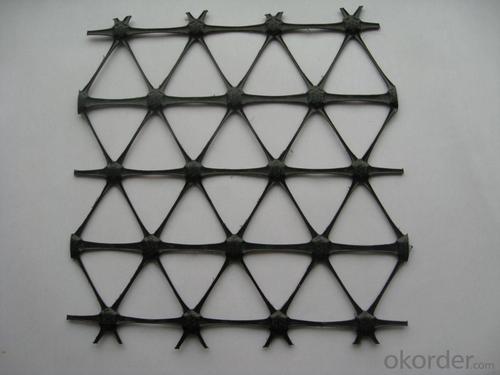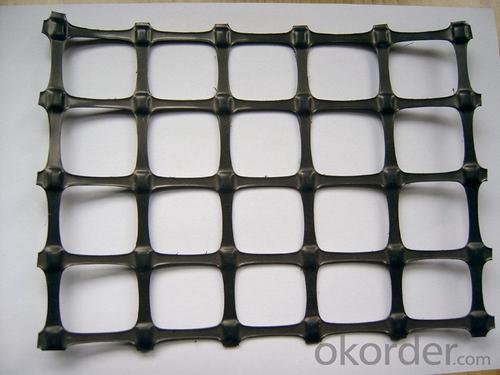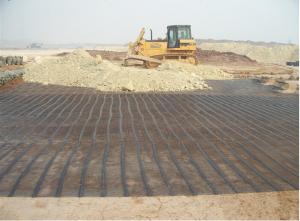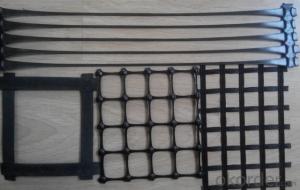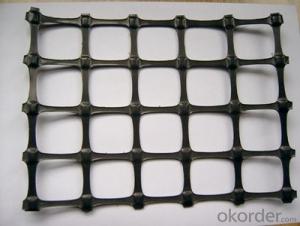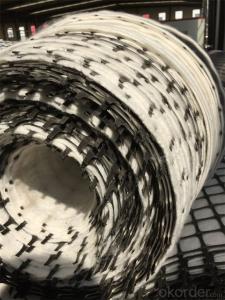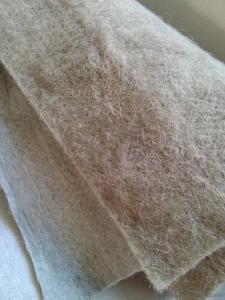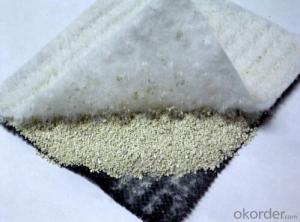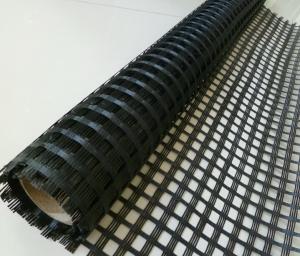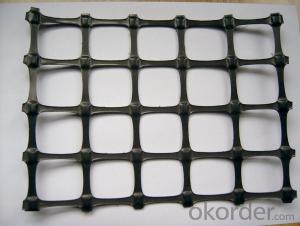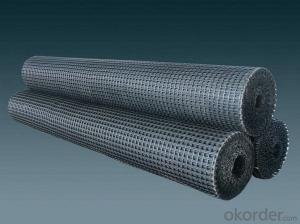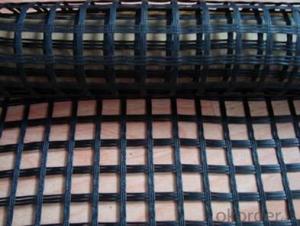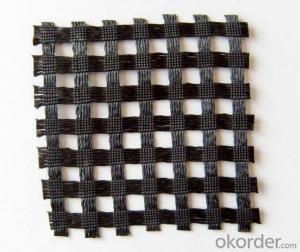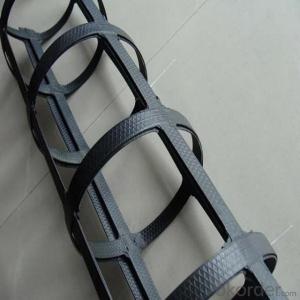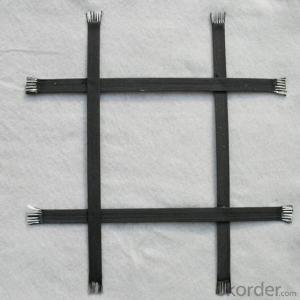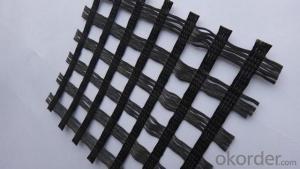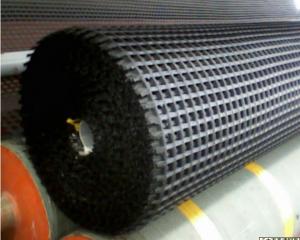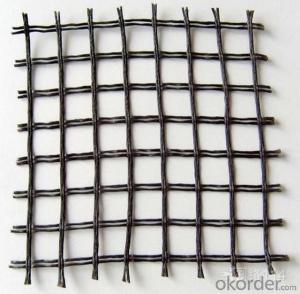Standartpark Geocells - Fiberglass Geogrid Manufacturer with CE Certificate in Low MOQ
- Loading Port:
- Qingdao
- Payment Terms:
- TT OR LC
- Min Order Qty:
- 50000 m²
- Supply Capability:
- 2000000 m²/month
OKorder Service Pledge
OKorder Financial Service
You Might Also Like
Fiberglass Geogrid Manufacturer with CE Certificate in Low MOQ
Description Of Fiberglass Geogrid Manufacturer with CE Certificate in Low MOQ:
Fiberglass geogrid is based on fiberglass woven cloth coated with modified bitumen or PVC, it was developed to address the problem of pavement cracking on highways, roads and runways, driven by a need to reduce cost for infrastructure maintenance and repair.
It is characterized by high tensile strength in axial and lateral directions, low stretch rate, alkali-resistance, low temperature- resistance, as well as convenience in construction and low price. It can be used on pitch pavement to prevent cracks and prolong pavement service life. It also can be used as a basal reinforcement material for hillsides, reservoirs, harbors, ports, water channels, seawalls, etc.
Main Features of Fiberglass Geogrid Manufacturer with CE Certificate in Low MOQ:
1.High tensile strength, low elongation.
2.No long-term creep: the product can keep for a long time performance.
3.Thermal stability: fiber glass melting temperature above 1000 ℃.
4.The compatibility with asphalt.
5.Physical and chemical stability.
Specifications of Fiberglass Geogrid Manufacturer with CE Certificate in Low MOQ:
Tensile Strength (KN) | Warp | >30 | >50 | >60 | >80 | >100 | >120 | >150 | >200 |
Weft | >30 | >50 | >60 | >80 | >100 | >120 | >150 | >120 | |
Elongation(%) | <4< p=""> | <4< p=""> | <4< p=""> | <4< p=""> | <4< p=""> | <4< p=""> | <4< p=""> | <4< p=""> | |
Mesh Size(mm) | 25.4*25.4 | 25.4*25.4 | 25.4*25.4 | 25.4*25.4 | 25.4*25.4 | 25.4*25.4 | 25.4*25.4 | 25.4*25.4 | |
Elastic Modulus | 76 | 76 | 76 | 76 | 76 | 76 | 76 | 76 | |
Width(m) | 1~6 | 1~6 | 1~6 | 1~6 | 1~6 | 1~6 | 1~6 | 1~6 | |
Length(m) | 50~300 | 50~300 | 50~300 | 50~300 | 50~300 | 50~300 | 50~300 | 50~300 | |
Temperature Resistant(℃) | -100~280 | -100~280 | -100~280 | -100~280 | -100~280 | -100~280 | -100~280 | -100~280 | |
Resin Content (%) | 18~20 | 18~20 | 18~20 | 18~20 | 18~20 | 18~20 | 18~20 | 18~20 | |
Glue Type | Bitumen PVC SBR soakage | Bitumen PVC SBR soakage | Bitumen PVC SBR soakage | Bitumen PVC SBR soakage | Bitumen PVC SBR soakage | Bitumen PVC SBR soakage | Bitumen PVC SBR soakage | Bitumen PVC SBR soakage | |
Applications of Fiberglass Geogrid Manufacturer with CE Certificate in Low MOQ:
Strengthen bitumen concrete roadway and reduce and prevent various kinds of reflection gaps on roadway.
1.Suitable for highway, railway, airport road of subgrade enhancement.
2.Suitable for the large parking lot and port freight yard that the foundations of the permanent load increased.
3.Suitable for railway, highway slope protection.
4.Suitable for culverts.
5.Suitable for the uniaxial tensile geogrid reinforced soil secondary enhancement, after further enhance soil, prevent soil erosion.
6.Mining, tunnel reinforcement.
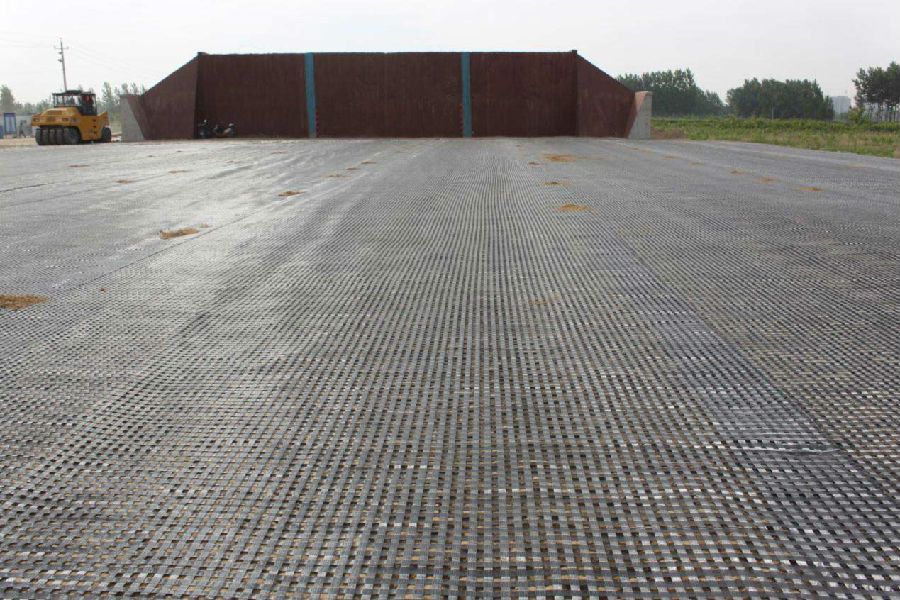
IMages of Fiberglass Geogrid Manufacturer with CE Certificate in Low MOQ:
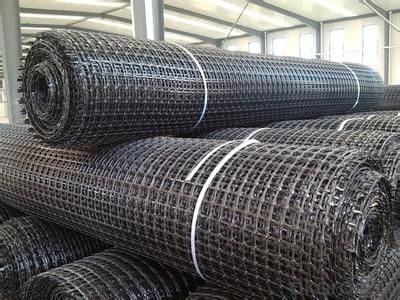
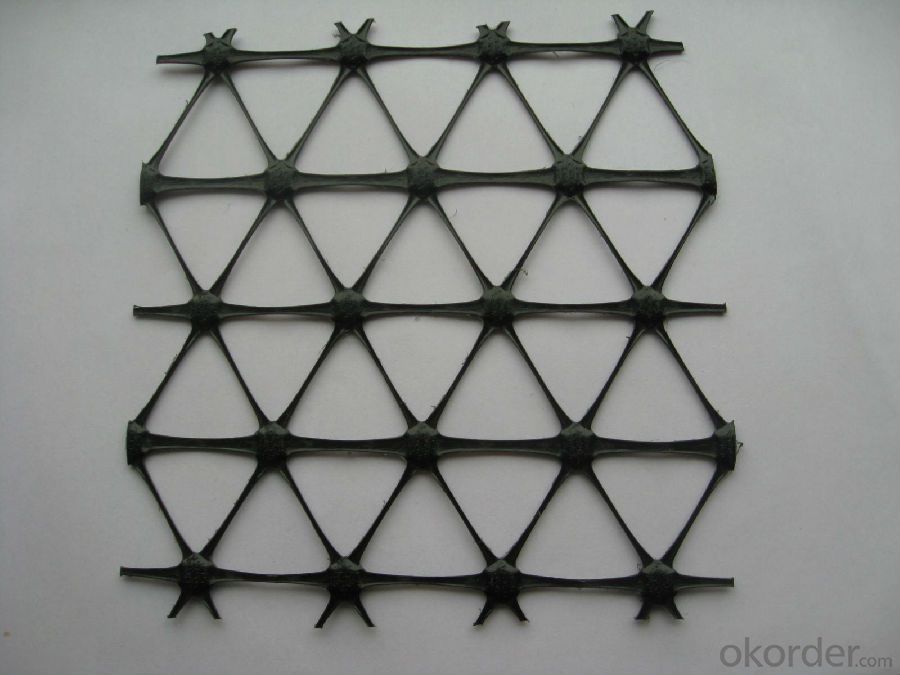
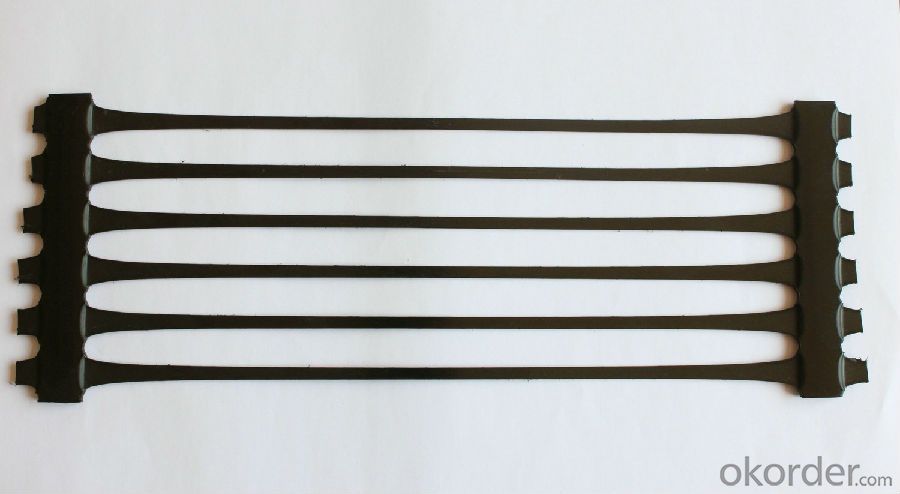
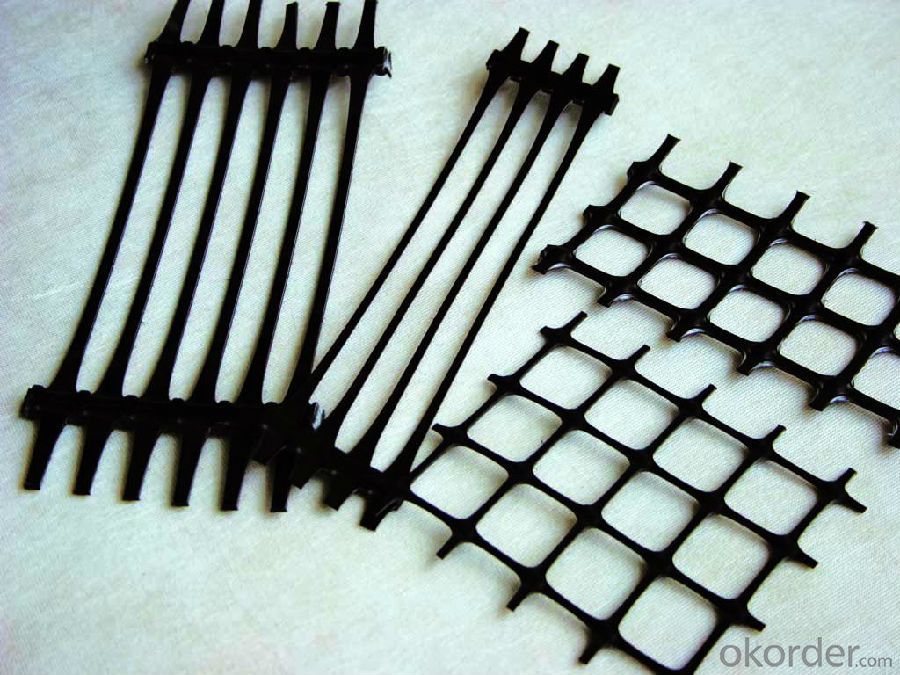
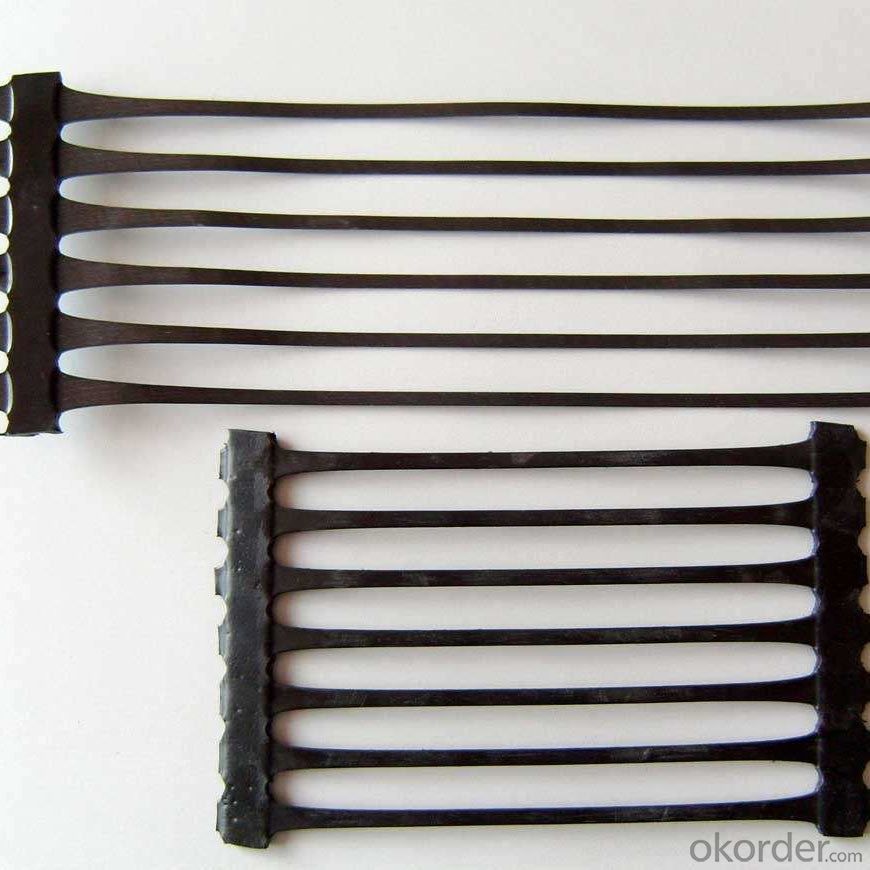
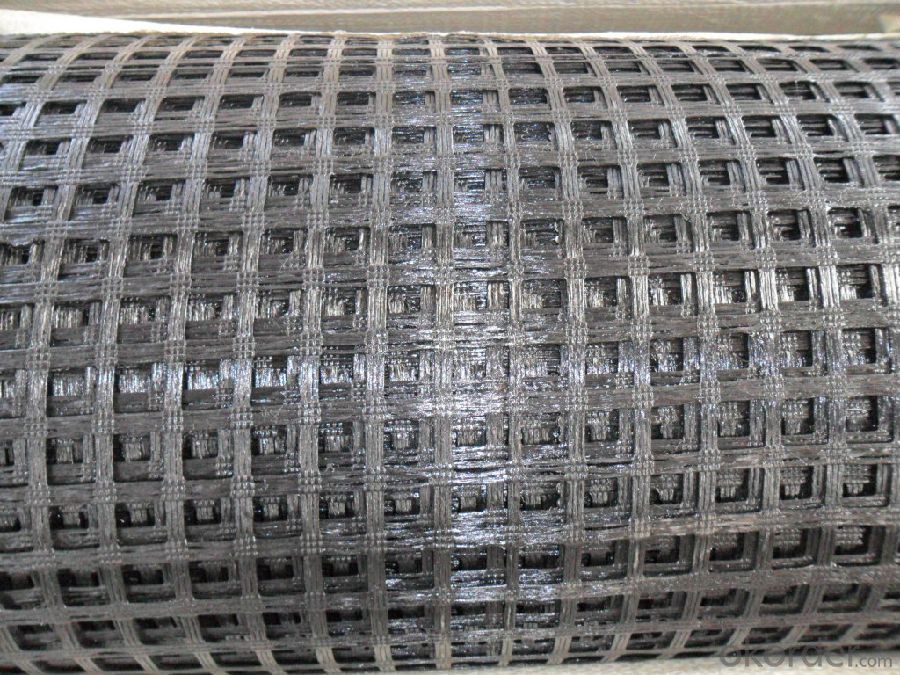
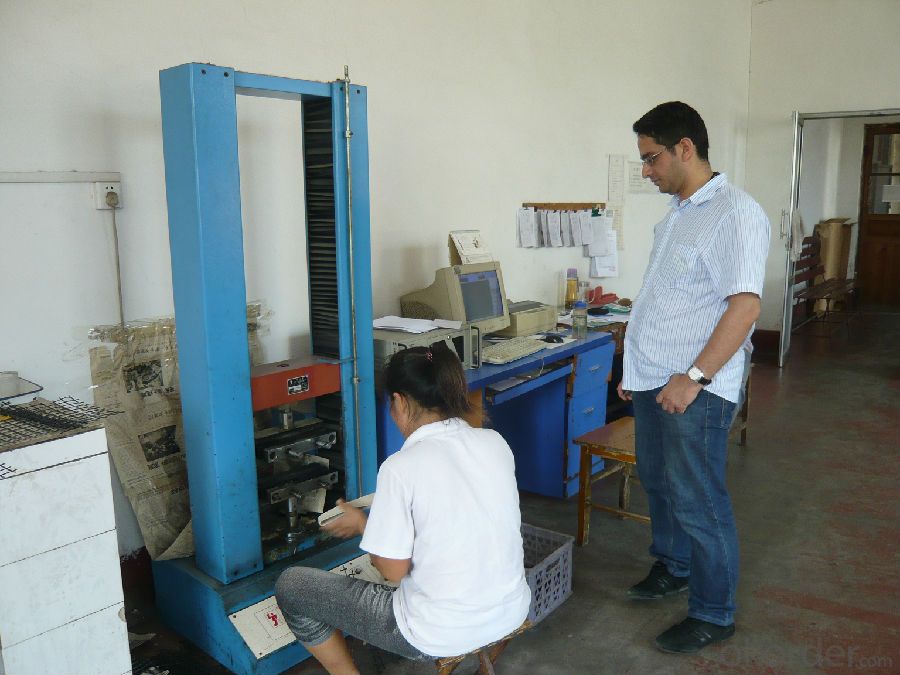
FAQ of Fiberglass Geogrid Manufacturer with CE Certificate in Low MOQ:
1. What are we supplying?
We are specialized in producing Geosynthetic materials, like Geogrid Series, HDPE Geocell, Geonet, Geotextile, Geomat, Tri Denmensional Composite Grainage Geonet, and Geomembrane Series.
.
2. How Many years experience do we have?
We have been exported to more than 20 countries in the past 15 years.
3. How long do we usually reply your request?
We always reply our customer within 24 hours.
- Q: How do geogrids enhance the stability of steep highway embankments?
- Geogrids enhance the stability of steep highway embankments by providing reinforcement and confinement to the soil. These grid-like structures are installed within the embankment, creating a stable platform that distributes the load more evenly. This prevents soil erosion, slope failures, and lateral movement, ultimately increasing the overall stability and safety of the embankment.
- Q: What are the advantages of using geogrids in construction projects?
- Geogrids offer several advantages in construction projects. Firstly, they provide reinforcement to the soil, increasing its stability and load-bearing capacity. This helps to prevent soil erosion, slope failures, and settlement issues. Secondly, geogrids are cost-effective as they reduce the need for extensive excavation and the use of additional materials. They also facilitate faster construction time as they can be easily installed. Additionally, geogrids are durable and resistant to environmental degradation, ensuring long-term performance and reduced maintenance. Overall, the use of geogrids in construction projects leads to improved safety, enhanced structural integrity, and cost savings.
- Q: How do geogrids improve the performance of geotextile sediment control tubes?
- Geogrids improve the performance of geotextile sediment control tubes by providing additional strength and stability. They enhance the tube's ability to retain sediment by preventing internal erosion and maintaining its shape under external forces. This combination of geogrids and geotextiles helps to effectively control erosion and sedimentation in various applications.
- Q: Urgent need!!
- Geotextiles are used for road, railway, tunnel, dam, tailings treatment, isolation, filtration, drainage, reinforcement, protection and enhancement...Analysis of the causes of cracks in the asphalt overlay, the formation of a new type of excellent geotechnical substrates by special coating process.Asphalt overlay on old cement concrete pavement is a kind of special pavement structure, and its stress and strain characteristics are quite different from those of general elastic layered system.
- Q: Can geogrids be used in reinforced soil slopes for seismic applications?
- Yes, geogrids can be used in reinforced soil slopes for seismic applications. Geogrids are commonly used as reinforcement elements in soil structures to improve their stability and resistance to seismic forces. They provide additional tensile strength, prevent soil movement, and enhance the overall performance of the slope during seismic events.
- Q: How do geogrids improve the load-bearing capacity of soils?
- Geogrids improve the load-bearing capacity of soils by providing reinforcement and stabilizing the soil matrix. When geogrids are installed within a soil mass, they create a strong interlocking system, distributing the applied loads more evenly and reducing the potential for soil movement or settlement. This reinforcement effectively increases the soil's shear strength and overall stability, enabling it to withstand higher loads and improve its load-bearing capacity.
- Q: How is the installation of geogrids carried out?
- The installation of geogrids typically involves preparing the subgrade by removing any loose soil or debris, compacting the surface, and then laying the geogrid on top. The geogrid is then secured in place using stakes or anchors, and additional layers of soil or aggregate are placed on top to cover the geogrid. This helps to reinforce the soil, increase its stability, and prevent erosion or soil movement.
- Q: What are the factors to consider when selecting a geogrid for a specific application?
- When selecting a geogrid for a specific application, there are several factors to consider. These include the required strength and stiffness of the geogrid, the type of soil or aggregate it will be used with, the expected loads and stresses that will be applied, the environmental conditions such as temperature and moisture, and the installation and construction methods. Additionally, factors such as cost, durability, and availability should also be taken into account when choosing the most suitable geogrid for the application.
- Q: What are the differences between uniaxial and biaxial geogrids?
- Uniaxial geogrids are designed to provide strength and stability in one direction, typically in a single plane. They have high tensile strength in one direction, making them suitable for applications such as soil reinforcement in retaining walls and embankments. On the other hand, biaxial geogrids are engineered to provide strength and stability in two perpendicular directions. They have high tensile strength in both the longitudinal and transverse directions, allowing them to distribute loads more uniformly. This makes biaxial geogrids versatile for various applications such as soil stabilization, slope reinforcement, and pavement reinforcement. In summary, the main difference between uniaxial and biaxial geogrids lies in their tensile strength orientation, with uniaxial geogrids providing strength in one direction and biaxial geogrids offering strength in two perpendicular directions.
- Q: Do geogrids reduce the amount of fill material required?
- Yes, geogrids can reduce the amount of fill material required. Geogrids are designed to improve soil stability and reinforce the fill material. By distributing the load more efficiently, geogrids allow for the use of thinner layers of fill material, thus reducing the overall amount needed. This can result in cost savings and more sustainable construction practices.
Send your message to us
Standartpark Geocells - Fiberglass Geogrid Manufacturer with CE Certificate in Low MOQ
- Loading Port:
- Qingdao
- Payment Terms:
- TT OR LC
- Min Order Qty:
- 50000 m²
- Supply Capability:
- 2000000 m²/month
OKorder Service Pledge
OKorder Financial Service
Similar products
Hot products
Hot Searches
Related keywords
